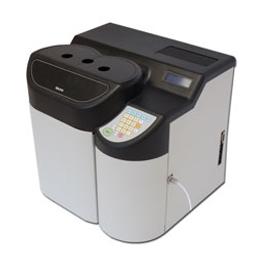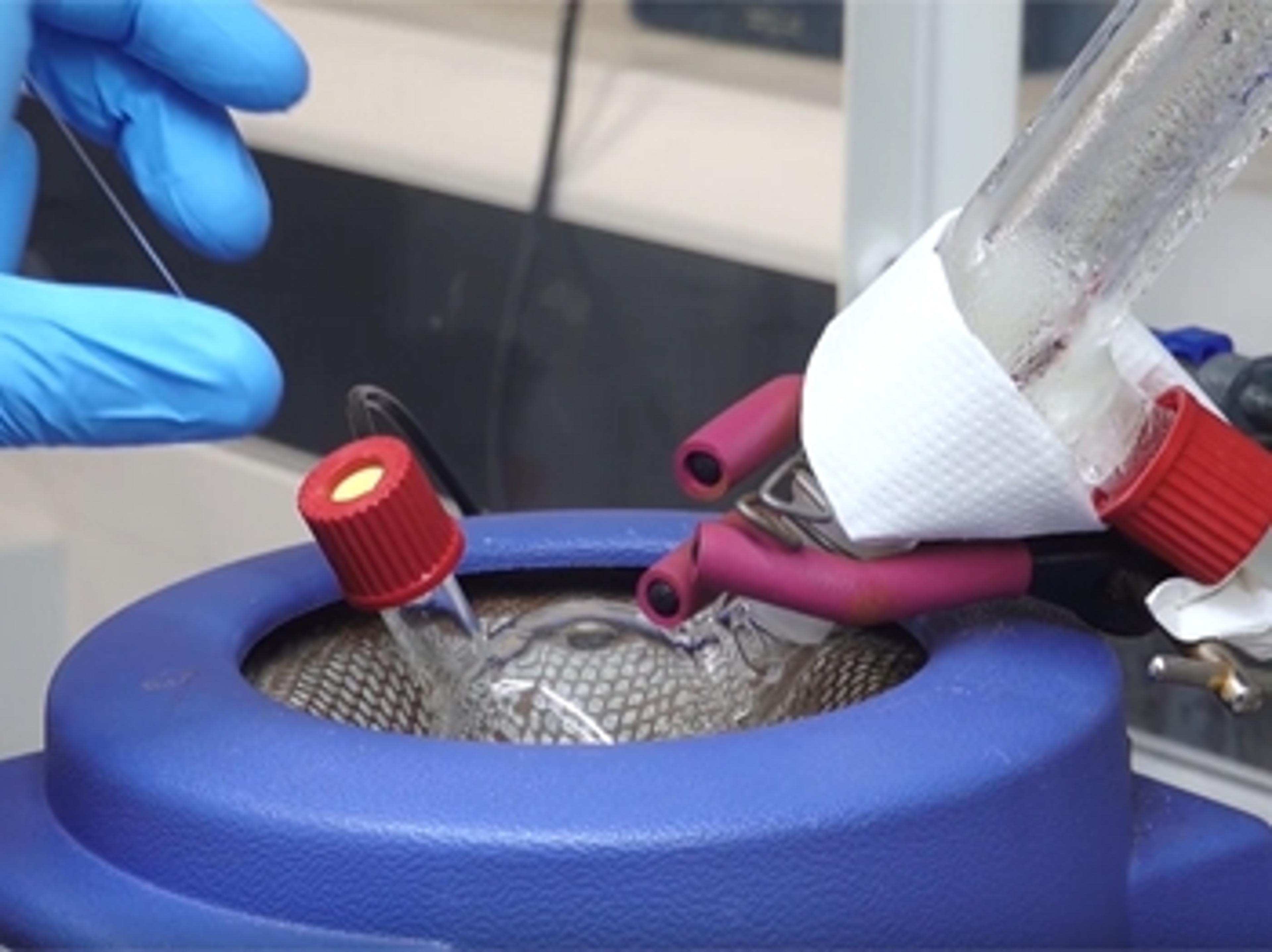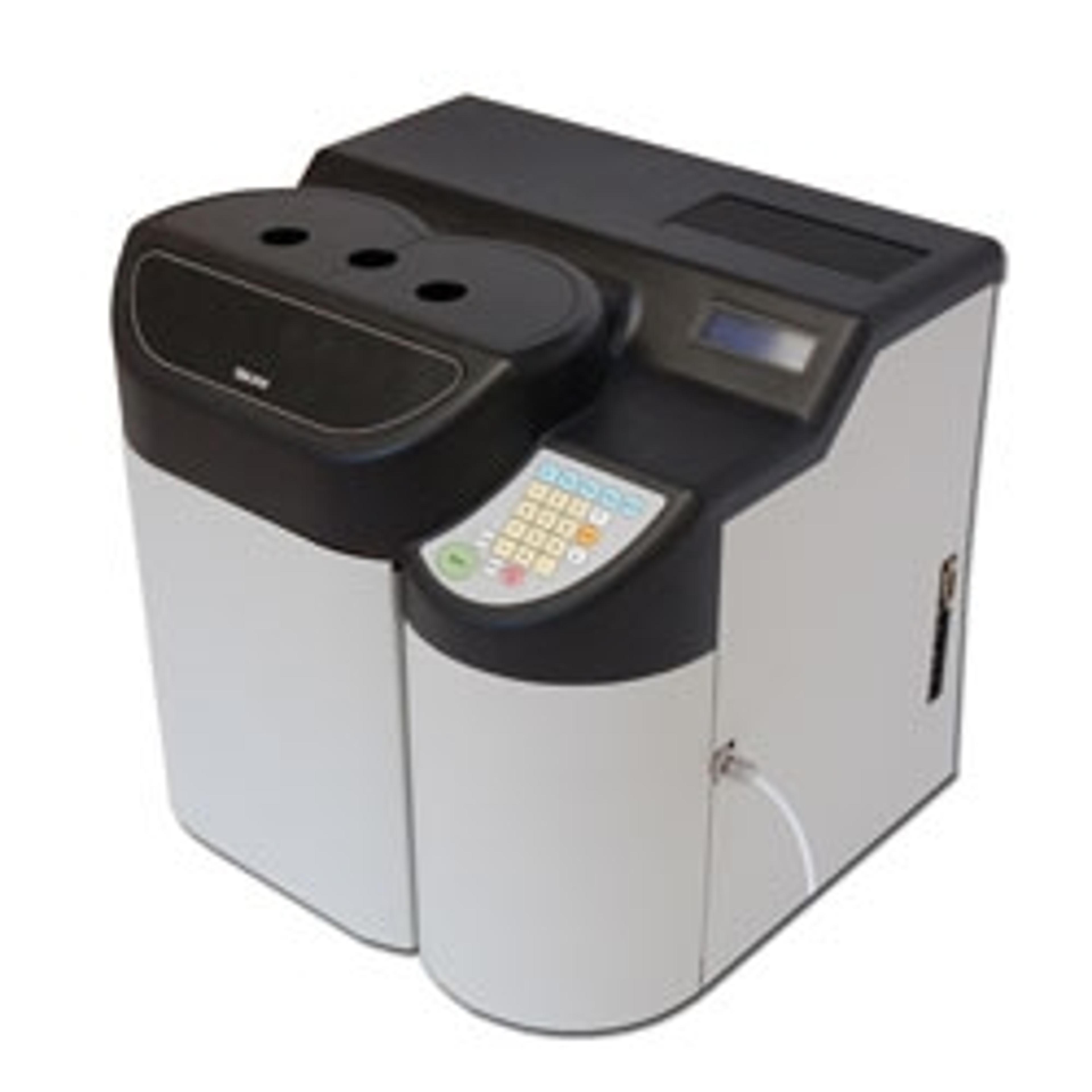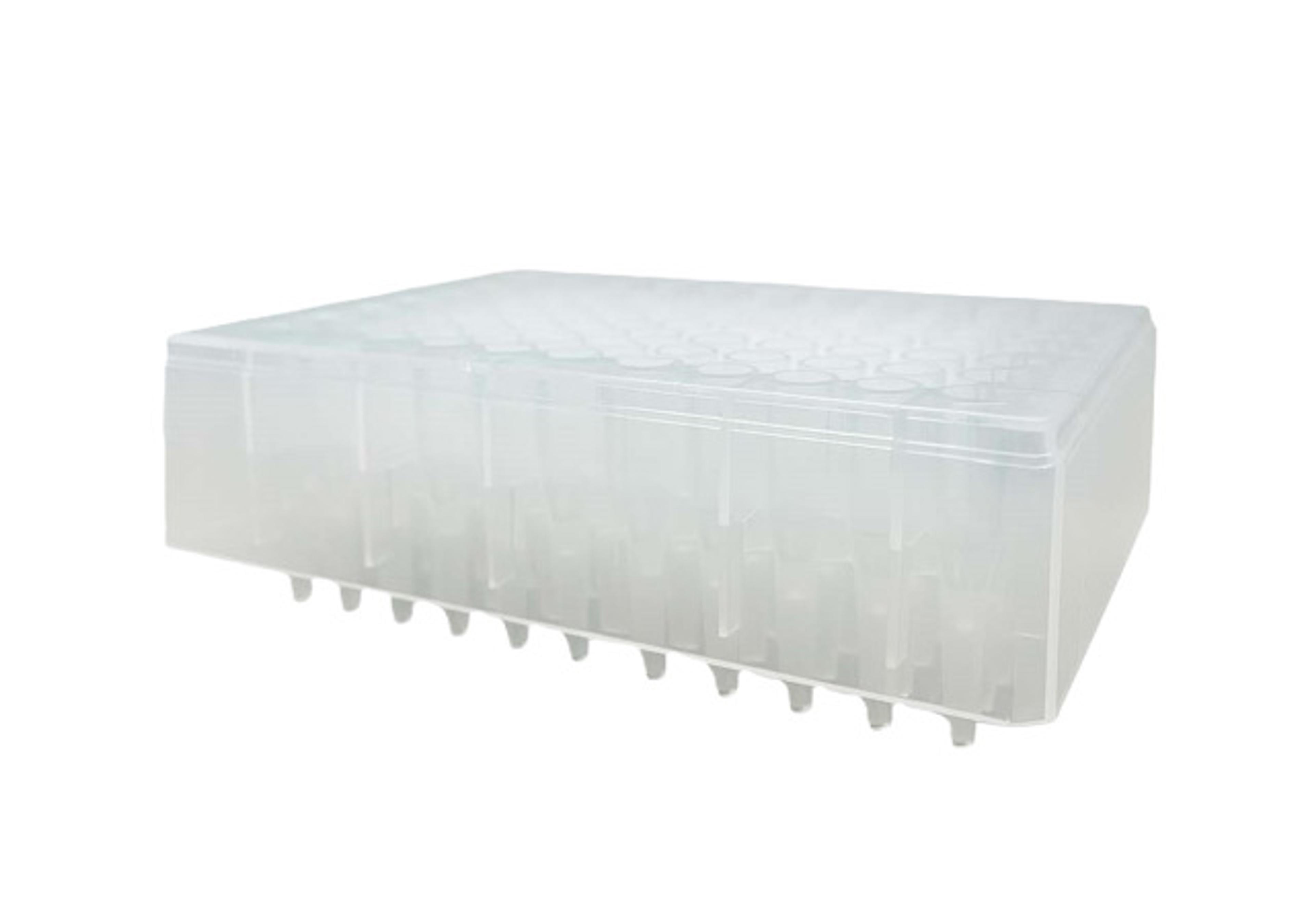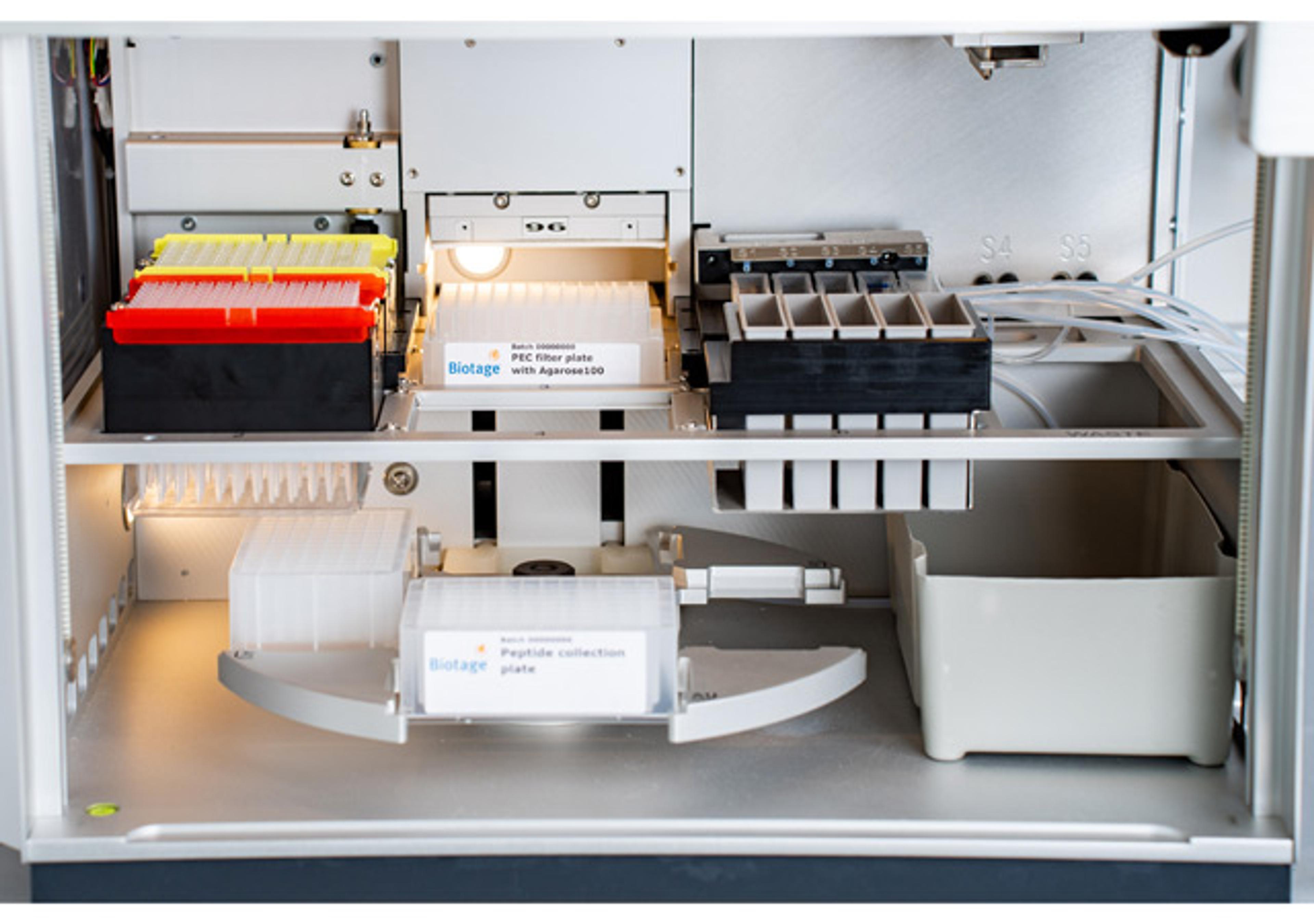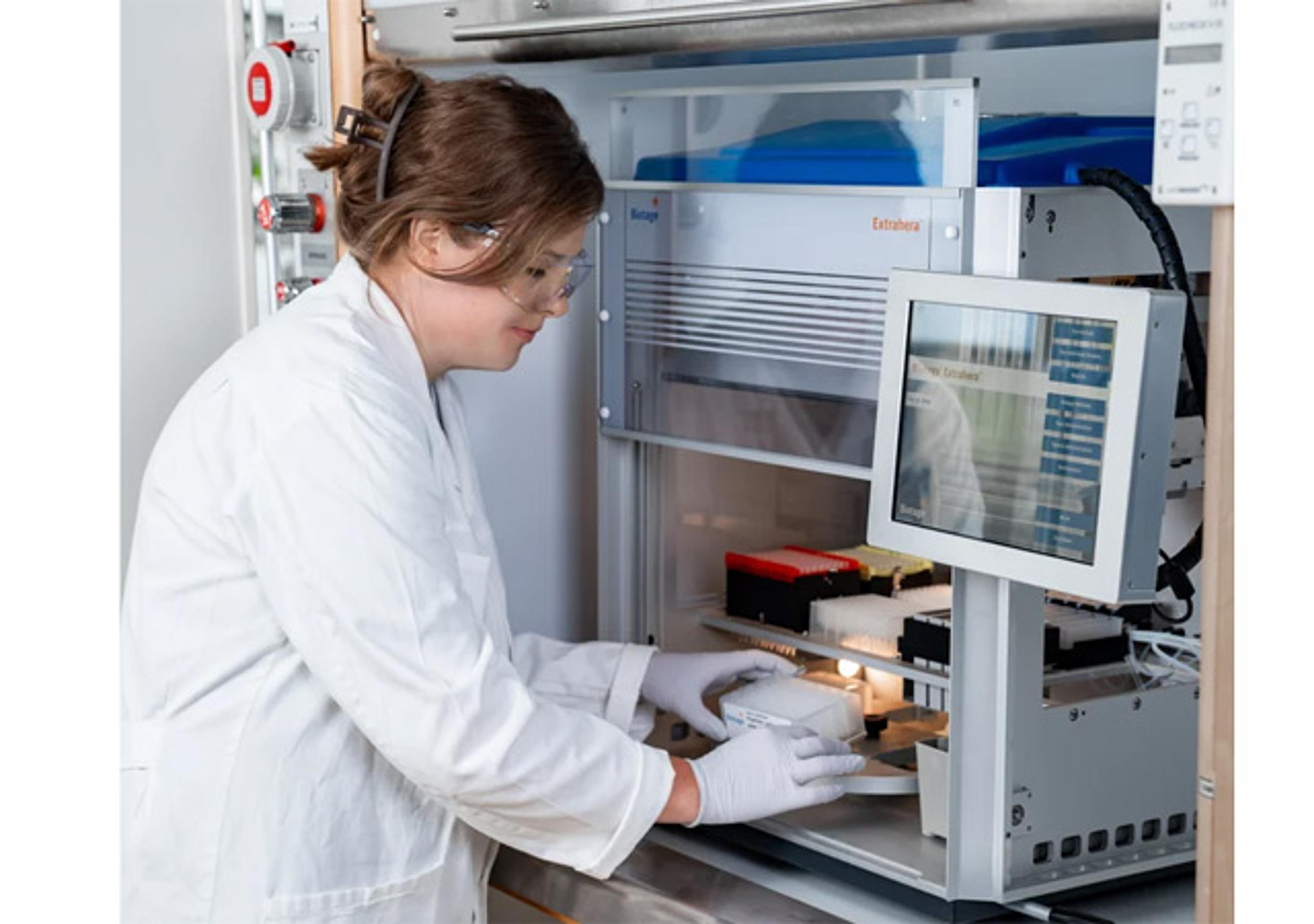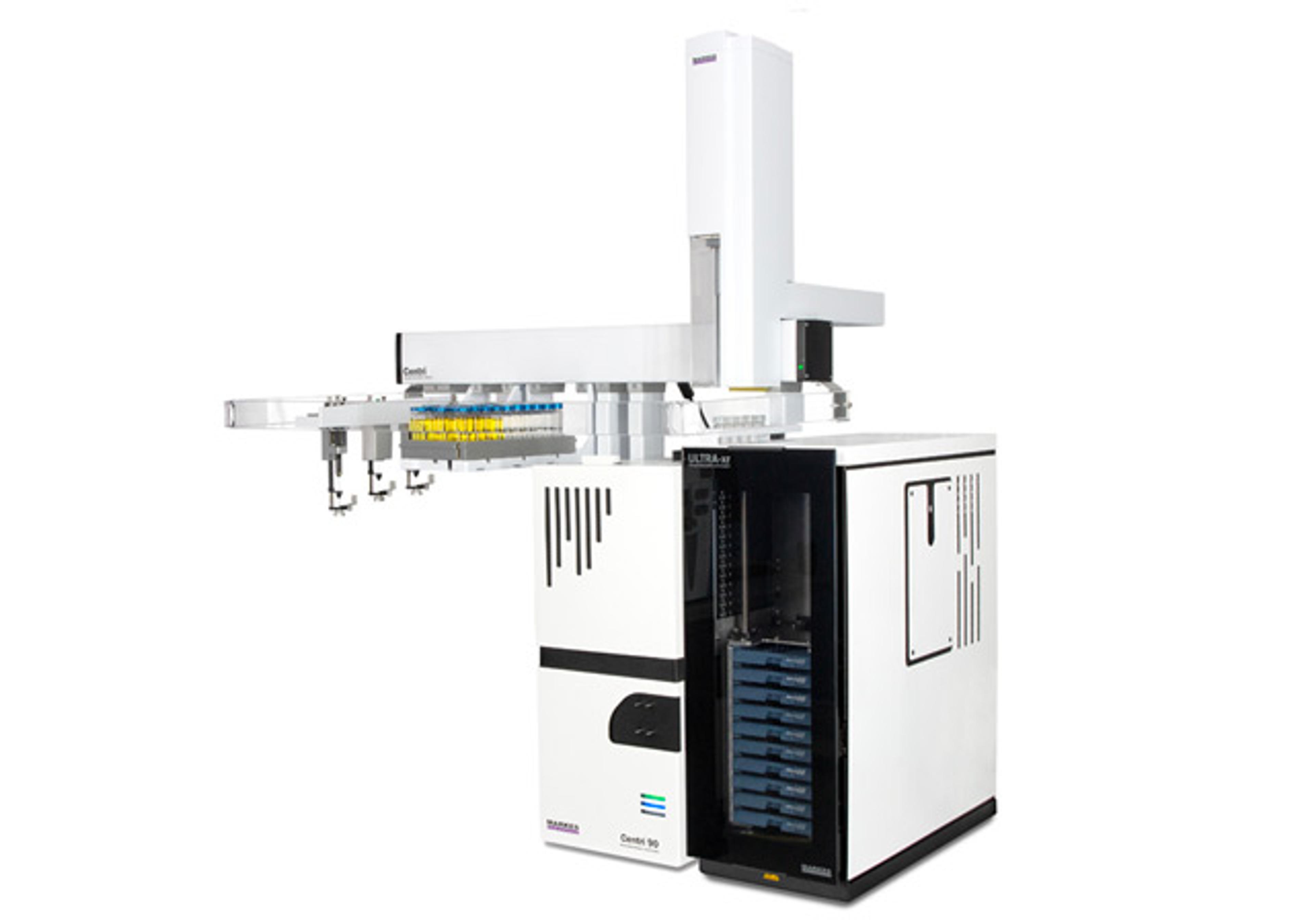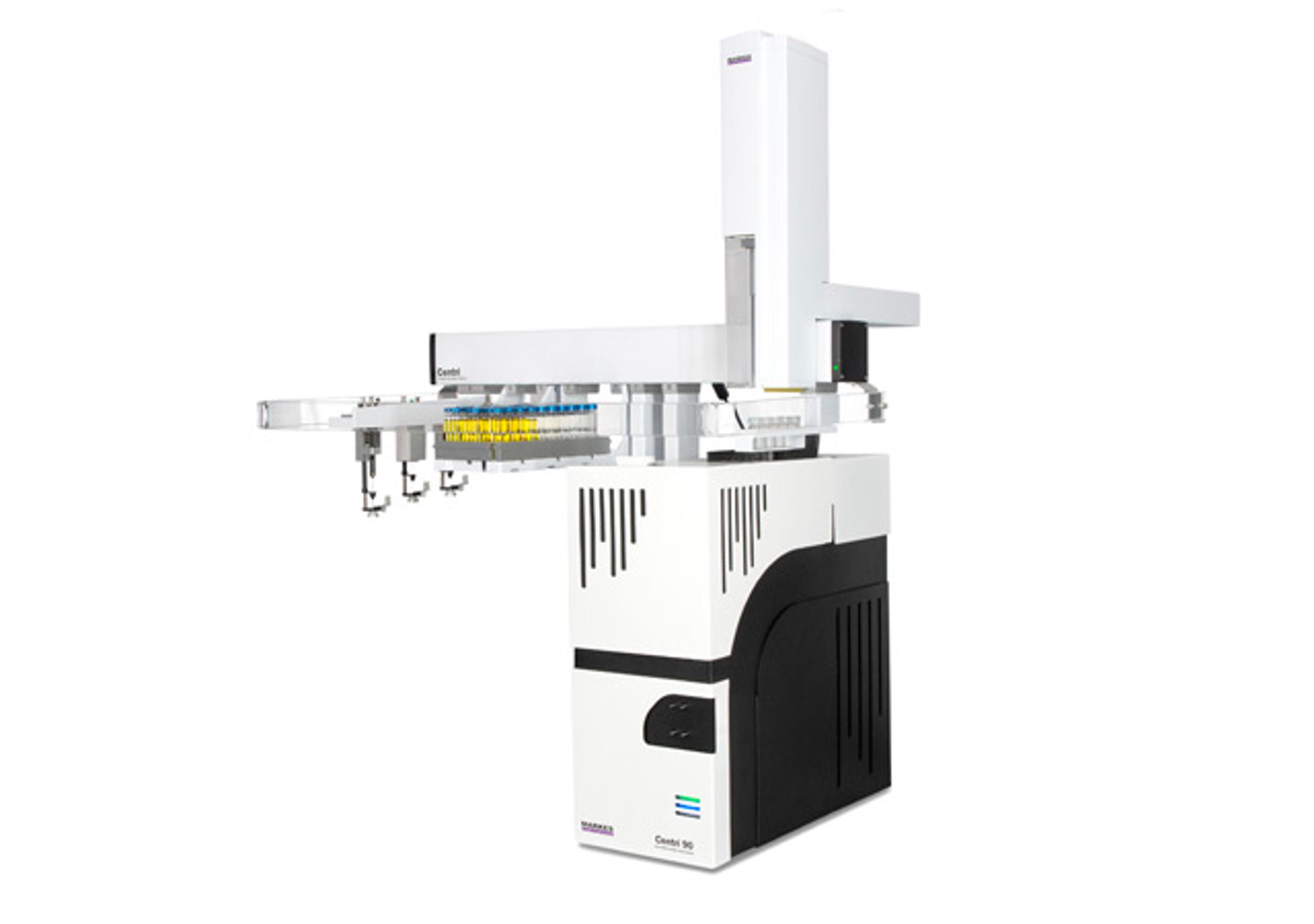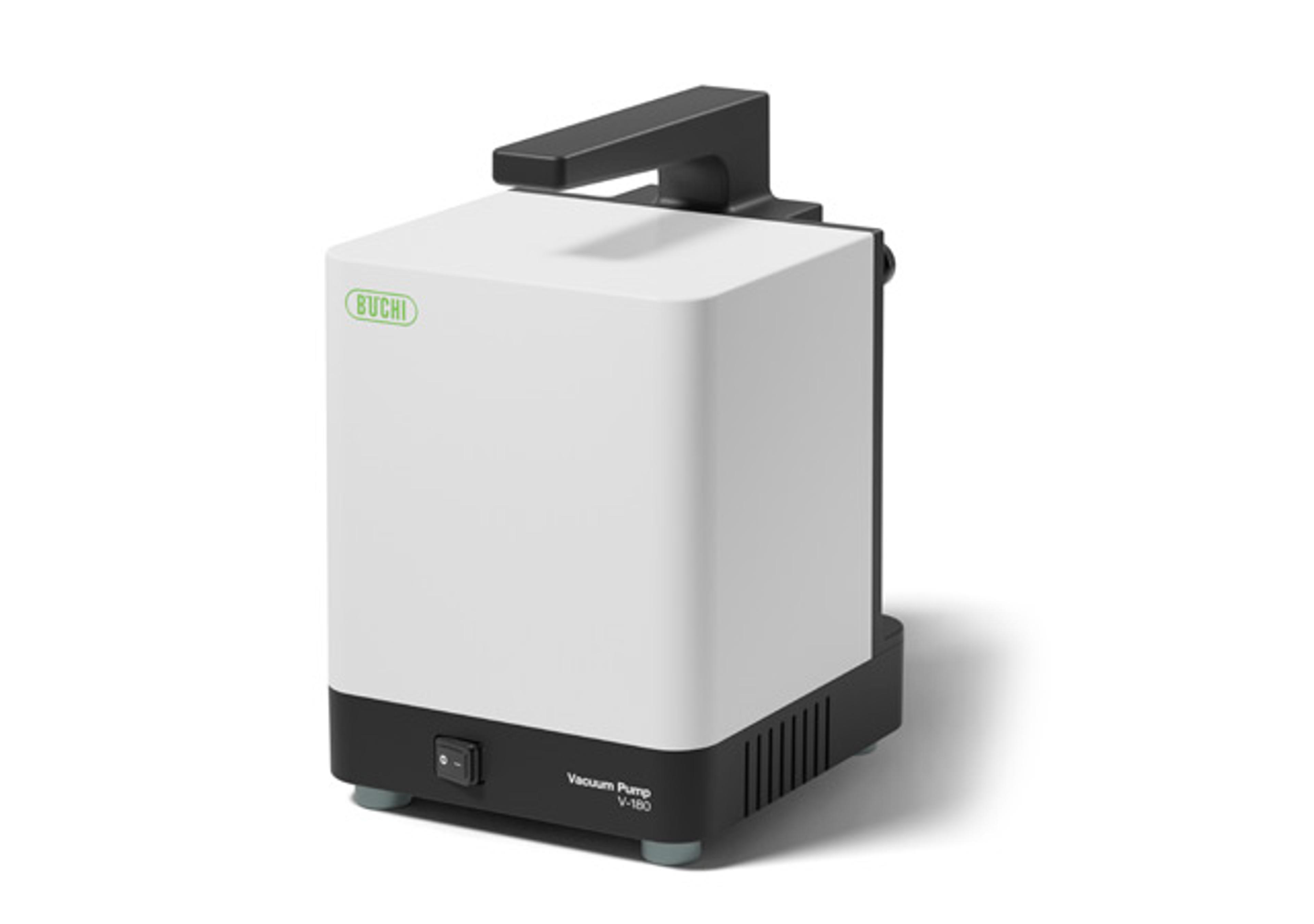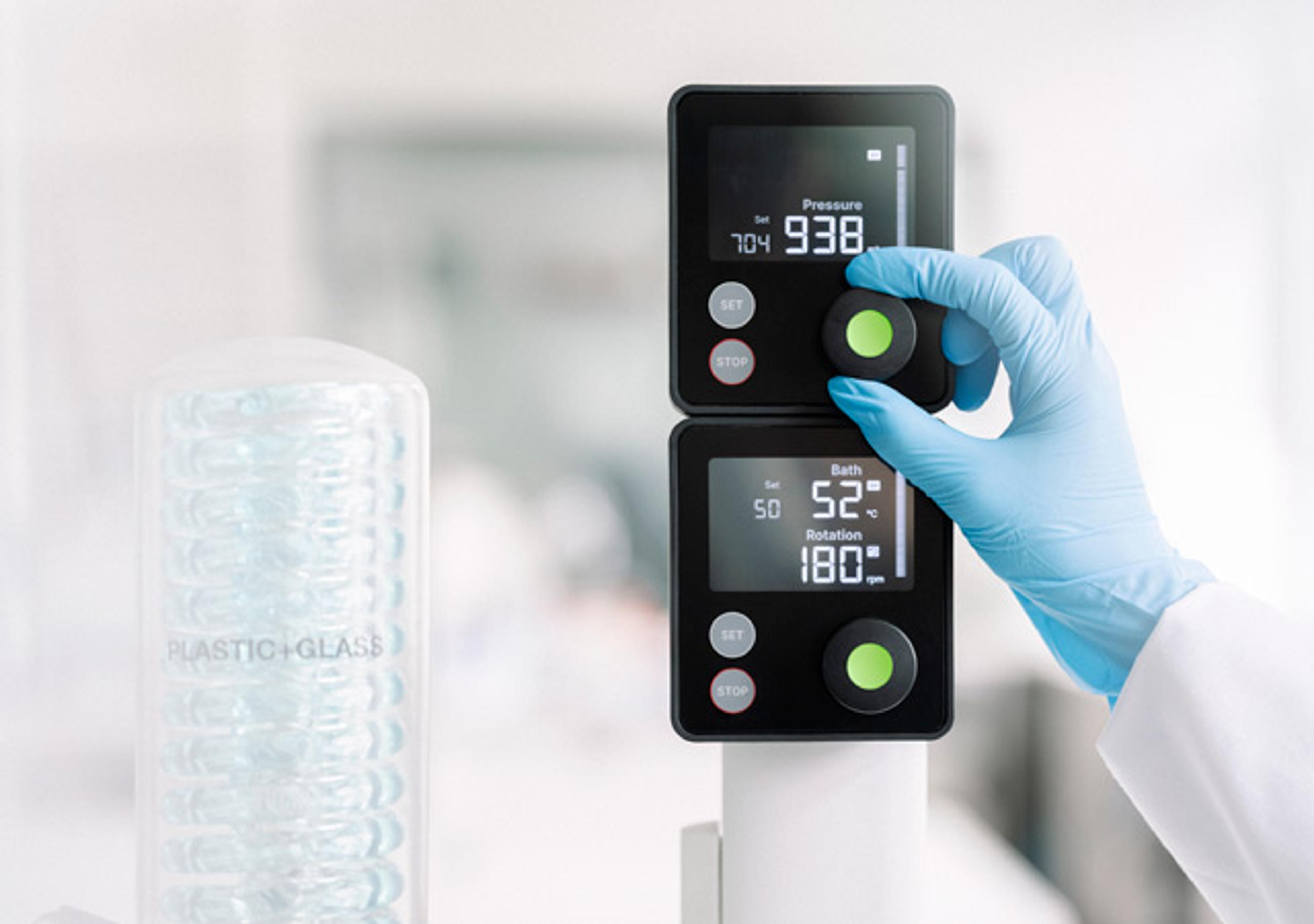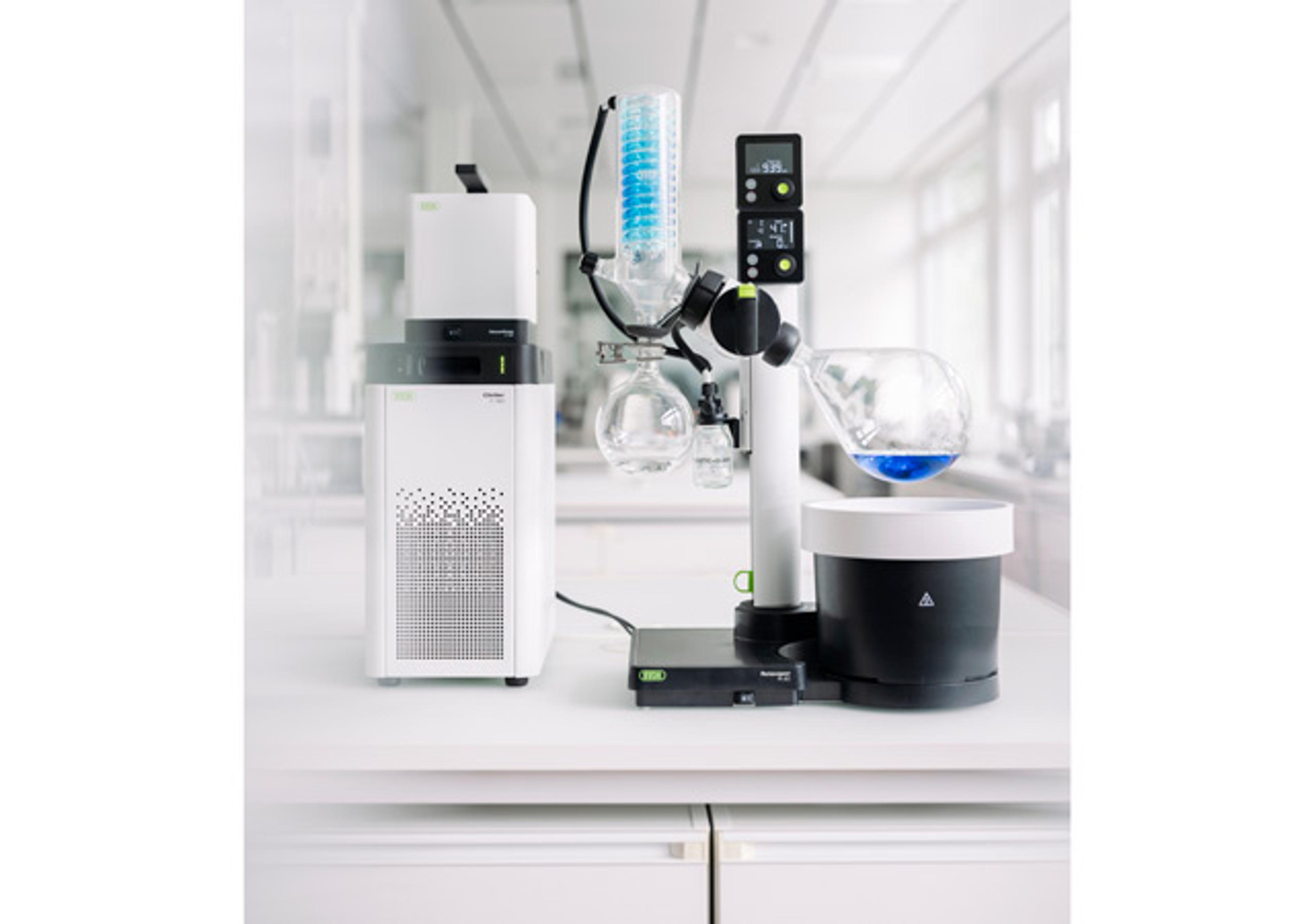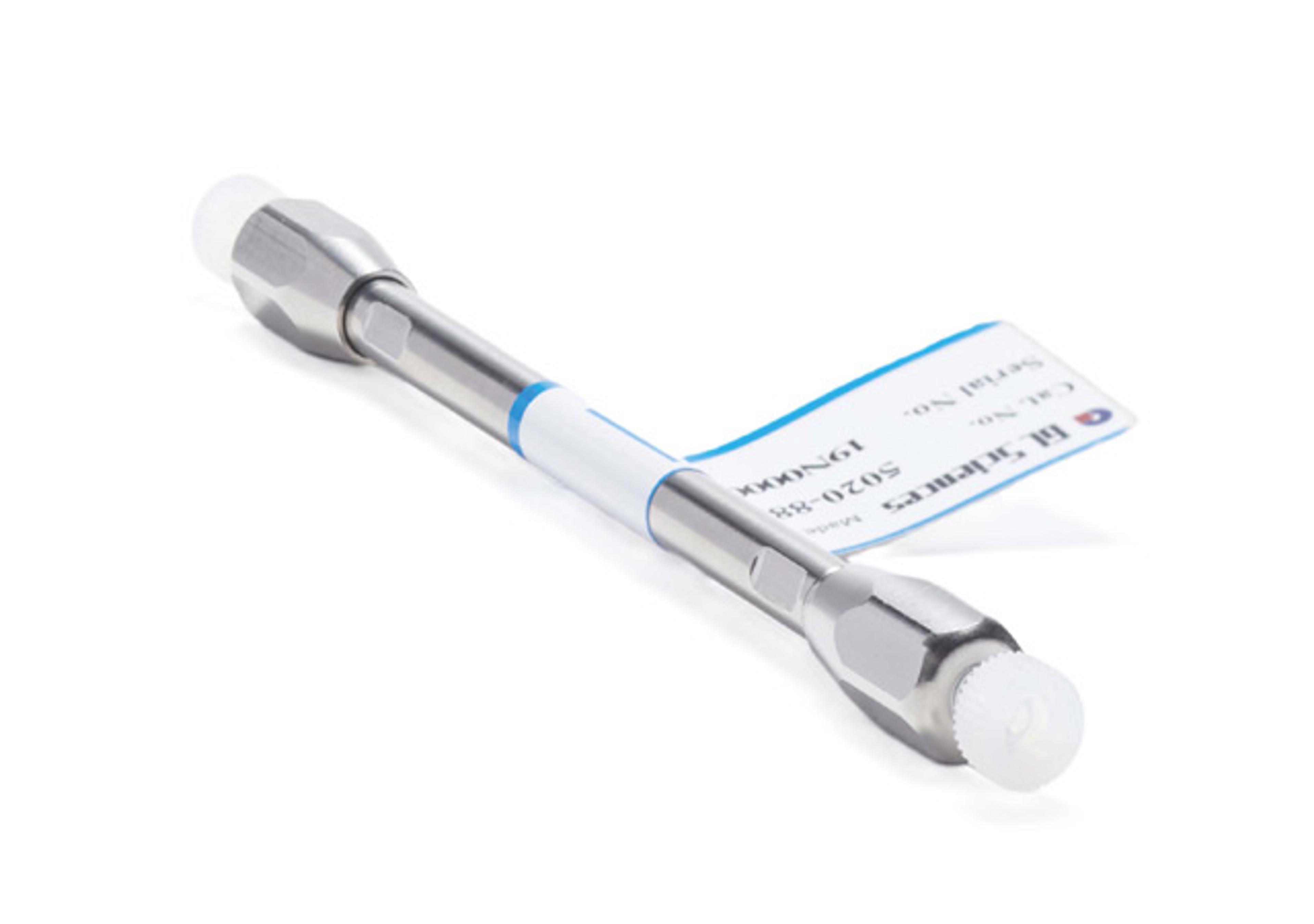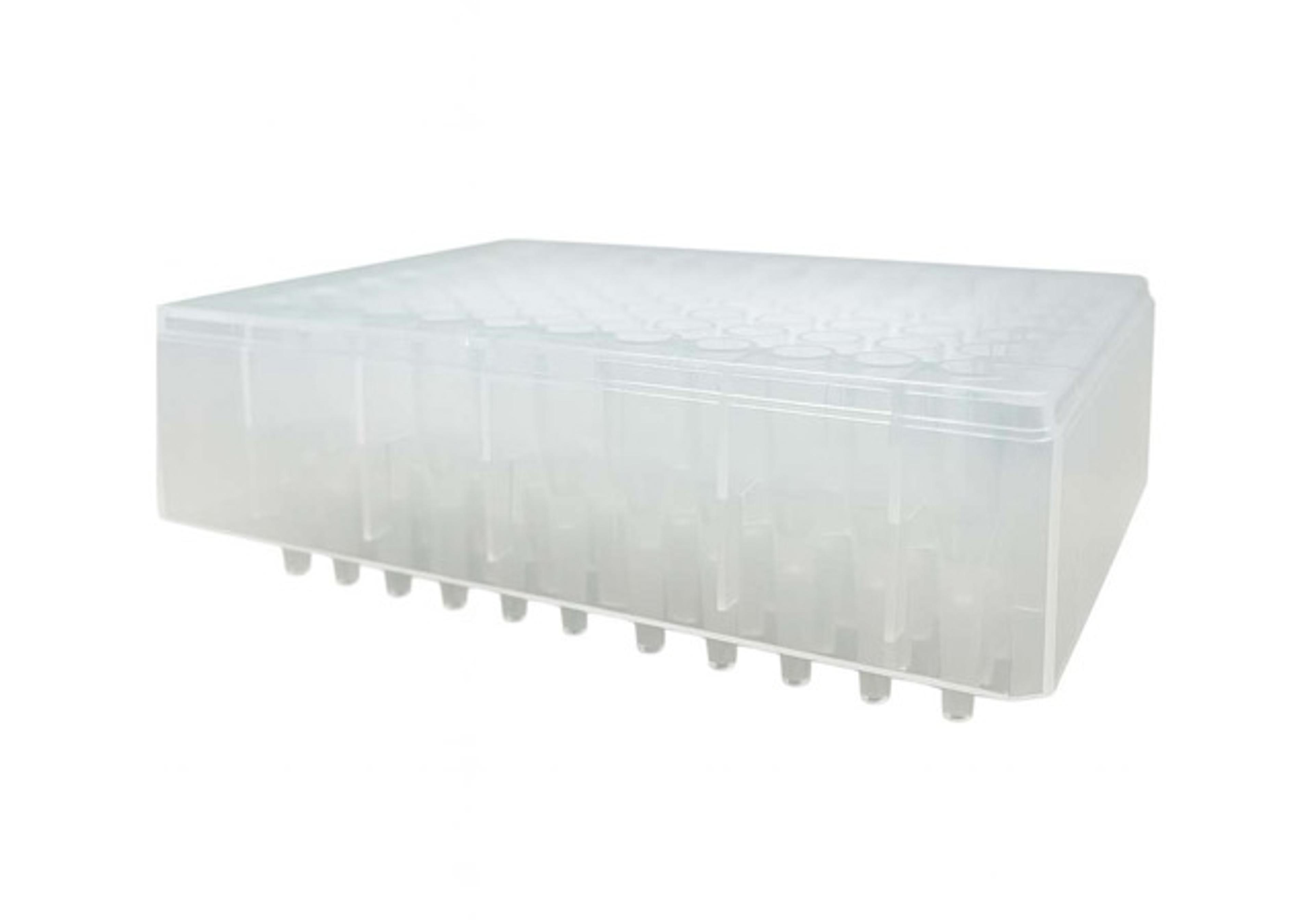800 Series Thermal Energy Analyser (TEA)
GC Chemiluminescence Detector for Nitro, Nitroso, and Nitrogen containing compounds

The supplier does not provide quotations for this product through SelectScience. You can search for similar products in our Product Directory.
Love this piece of equipment.
Analytical chemistry. TSNA's in tobacco/e-vapor products
Works with Empower 3 software. Uses research grade oxygen. Very reliable instrument.
Review Date: 29 May 2020 | Ellutia
Gives us great clear results. I like to work with it.
Analyze traces of explosives
TEA is a very useful instrument. I use it to detect traces of organic explosions in many different types of samples. It is a very sensitive detection instrument and not complicated. We get help from engineers if we have any problems.
Review Date: 15 Feb 2020 | Ellutia
Brilliant, very little footprint.
Nitrosamines
The only negative thing to say is that it is sometimes difficult to read/see the flashing star on the display.
Review Date: 13 Feb 2020 | Ellutia
Great Instrument. Very happy with the purchase!
Analysis of Nitrosamines
The new system enables us to run 5-6 times more samples and is much more automated than the previous one. There is no calibration or fine-tuning required, it’s pretty much press a button and go! The footprint of the system is much improved, freeing up valuable space in our lab. Featuring an ozone destroyer, the system eliminates the safety risk of ozone leaks and the dry spiral pump requires no oil change or maintenance, just a simple filter change about once a year. We have seen significant productivity gains, reduced costs on maintenance and more accurate results.
Review Date: 20 Feb 2018 | Ellutia
The Thermal Energy Analyser (TEA) has been an industry standard for nitro nitroso analysis since its introduction thanks to its incredible sensitivity and almost infinite selectivity for nitrogen containing compounds. The 800 Series TEA can be interfaced to almost any brand of Gas Chromatograph.
Common Application Areas include forensic explosives analysis, tobacco specific nitrosamine analysis, nitrosamines in toys and rubber products.
- Size: 36cm (H) x 38cm (W) x 37cm (D)
- Weight: 15Kg
- Sensitivity: <2pg N/sec Signal to Noise 3:1
- Selectivity: gN/gC > 107


